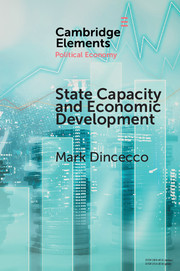This paper presents an analysis of trends in sexual activity by marital status and age, and their associations with contraceptive use. Understanding levels of, and trends in, sexual activity is important for assessing the needs for family planning services and for analysing commonly used family planning indicators. Data were taken from 220 Demographic and Health Surveys (DHSs) and 62 Multiple Indicator Cluster Surveys (MICSs) to provide insights into sexual activity by marital status and age in a total of 94 countries in different regions of the world. The results show the sensitivity of the indicator with respect to the definition of currently sexually active, based on the timing of last sexual intercourse (during the last 4 weeks, 3 months, or 1 year). Substantial diversity in sexual activity by marital status and age was demonstrated across countries. The proportion of married women reporting recent sexual activity (sexual intercourse during the last 4 weeks) ranged from 50% to 90%. The proportion of unmarried women reporting recent sexual activity did not exceed 50% in any of the 94 countries with available data, but showed substantial regional differences: it appeared to be rare in Asia and extremely varied within Africa, Europe and Latin America and the Caribbean. Among married women, sexual activity did not vary much by age group, while for unmarried women, there was an inverted U-pattern by age, with the youngest age group (15–19 years old) having the lowest proportion sexually active. The proportion of women who reported currently using contraception and reported not being sexually active varied by the contraceptive method used and was overall much greater among unmarried women. The evidence presented in this paper can be used to improve family planning policies and programmes to serve the diverse needs, for example regarding method choice and service provision, of unmarried women.


